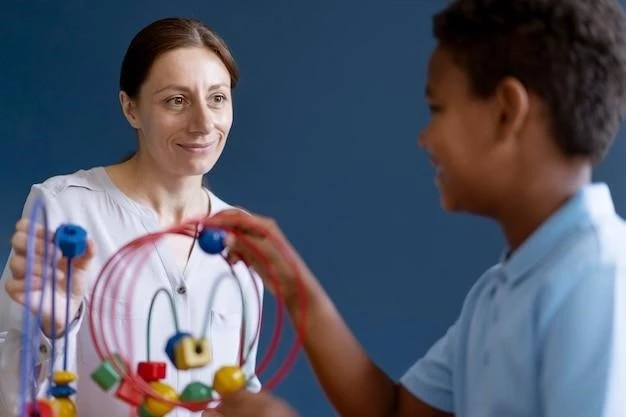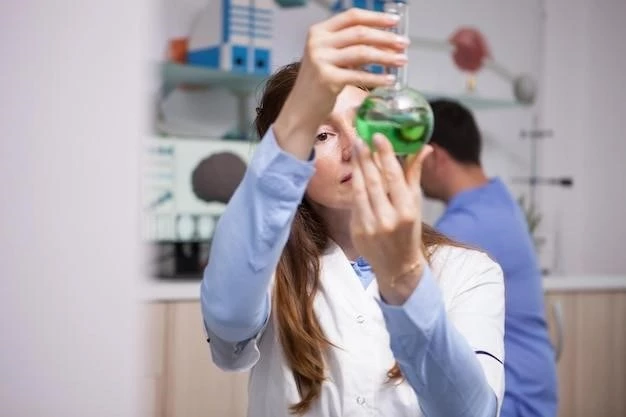Introduction
Müllerian agenesis, also referred to as müllerian aplasia, Mayer-Rokitansky-Küster-Hauser syndrome, or vaginal agenesis, is a rare disorder affecting female reproductive anatomy. Learn more about this condition, its causes, and associated abnormalities.
Definition of Müllerian Agenesis
Müllerian Agenesis, also known as Mayer-Rokitansky-Küster-Hauser Syndrome (MRKH) or vaginal agenesis, is a rare congenital condition where there is underdevelopment or absence of the uterus, cervix, and a portion of the vagina. This condition typically presents before birth and may be associated with various abnormalities in the skeletal and renal systems. Understanding the implications and management of Müllerian Agenesis is crucial for affected individuals and their healthcare providers.
Incidence and Terminology
Müllerian agenesis, also known as Mayer-Rokitansky-Küster-Hauser syndrome or vaginal agenesis, has an incidence of approximately 1 per 4,500-5,000 females; This condition results from embryological underdevelopment of the müllerian duct, leading to agenesis or atresia of the uterus and/or vagina. Understanding the terminology associated with this rare disorder is crucial for diagnosis and effective management.
Causes and Development
Müllerian agenesis, also known as Mayer-Rokitansky-Küster-Hauser syndrome or vaginal agenesis, is caused by embryologic underdevelopment of the Müllerian duct, resulting in agenesis or atresia of the vagina, uterus, or both. Understanding the etiology and development of this condition is essential for proper diagnosis and management.
Embryological Underdevelopment of Müllerian Duct
Müllerian agenesis, also known as Mayer-Rokitansky-Küster-Hauser syndrome or vaginal agenesis, stems from errors in the development of the Müllerian duct during embryogenesis. These abnormalities can range from agenesis or hypoplasia of the uterus and vagina to other structural anomalies like cervical or vaginal underdevelopment. Understanding the intricacies of Müllerian duct development is crucial in diagnosing and managing this condition effectively.
Genetic and Environmental Factors
Genetic and environmental factors play crucial roles in the development of Müllerian agenesis. Errors in Müllerian duct development during embryogenesis can result from genetic mutations or exposure to teratogens. These factors contribute to structural anomalies like uterine or vaginal hypoplasia. Understanding the interplay of genetic and environmental influences is essential in diagnosing and managing this condition effectively.
Clinical Presentation
Individuals with Müllerian agenesis, also known as Mayer-Rokitansky-Küster-Hauser syndrome or vaginal agenesis, may experience anomalies in their reproductive structures like absent or underdeveloped vagina and uterus. This condition, often present before birth, could be associated with kidney or skeletal abnormalities. Recognizing these clinical manifestations is crucial for prompt diagnosis and management.
Vaginal Agenesis and Uterine Anomalies
Vaginal agenesis, a rare disorder, involves the absence of vaginal development and may also present with incomplete or absent uterus formation. This condition, present before birth, can be associated with kidney or skeletal abnormalities. Early recognition of these anatomical anomalies is vital in providing appropriate medical care and management.
Associated Kidney and Skeletal Abnormalities
Individuals with Müllerian agenesis, also known as Mayer-Rokitansky-Küster-Hauser syndrome, may have accompanying kidney or skeletal abnormalities. These abnormalities can include issues such as kidney malformations or skeletal anomalies. Awareness of these associated conditions is important for comprehensive care and management of individuals with Müllerian agenesis.

Diagnosis and Classification
Diagnosis of Müllerian agenesis involves recognizing the absence or underdevelopment of the vagina and uterus. Classification includes types like Mayer-Rokitansky-Küster-Hauser Syndrome (MRKH) with varying anatomical presentations. Accurate diagnosis and classification are essential for tailored treatment plans and reproductive healthcare decisions.
Mayer-Rokitansky-Küster-Hauser Syndrome (MRKH)
Mayer-Rokitansky-Küster-Hauser syndrome (MRKH), also known as Müllerian aplasia, is a congenital anomaly characterized by vaginal and uterine aplasia or agenesis. It typically presents with underdeveloped or absent reproductive structures, impacting fertility and requiring specialized medical care. Recognizing the nuances of MRKH syndrome is essential for tailored management approaches and support for affected individuals.
Types of Müllerian Agenesis
There are different types of Müllerian agenesis conditions, including uterovaginal agenesis, unicornuate uterus, and missing kidney abnormalities. Anomalies like Mayer-Rokitansky-Küster-Hauser Syndrome represent common forms of Müllerian agenesis, highlighting the diverse structural variations that can occur in the female reproductive tract. Understanding these types is crucial for accurate diagnosis and individualized management strategies.

Management and Treatment
Management of Müllerian agenesis involves tailored treatment plans based on the specific anatomical variations present, such as uterovaginal agenesis or unicornuate uterus. Options may include surgical interventions to create functional reproductive structures, along with counseling for psychosocial support. Addressing fertility concerns through assisted reproductive technologies can provide valuable options for individuals affected by Müllerian agenesis.
Psychosocial Impacts
Individuals with Müllerian agenesis, also known as Mayer-Rokitansky-Küster-Hauser syndrome, may experience significant psychosocial impacts due to the condition’s effect on reproductive structures and fertility. Addressing these emotional and social challenges is crucial in providing holistic care and support for individuals navigating the complexities of Müllerian agenesis.
Fertility Options and Reproductive Technologies
Addressing fertility concerns in individuals with Müllerian agenesis involves exploring various reproductive technologies such as in vitro fertilization (IVF), surrogacy, or embryo adoption. These options provide opportunities for individuals to achieve parenthood despite the challenges posed by the condition. Consulting with fertility specialists can help individuals with Müllerian agenesis navigate the available options and make informed decisions about their reproductive health.
Research and New Developments
Recent advancements in understanding the etiology of Müllerian agenesis have shed light on genetic and environmental factors contributing to this condition. Novel diagnostic tools and therapeutic approaches are emerging, providing hope for improved management strategies and individualized care for individuals affected by Müllerian agenesis.
Advancements in Understanding Etiology
Recent research has made significant strides in understanding the etiology of Müllerian agenesis, shedding light on genetic mutations and environmental factors contributing to this condition. These findings are instrumental in advancing diagnostic accuracy and developing targeted therapeutic interventions for individuals affected by Müllerian agenesis.
Diagnostic Tools and Therapeutic Approaches
Diagnosing Müllerian agenesis involves various imaging modalities like ultrasound, MRI, or laparoscopy to assess reproductive anatomy. Therapeutic approaches may include reconstructive surgeries to create or enlarge the vagina and uterus. Hormonal therapy can support the development of secondary sexual characteristics. Collaborating with healthcare providers experienced in managing Müllerian agenesis ensures comprehensive care tailored to individual needs.
